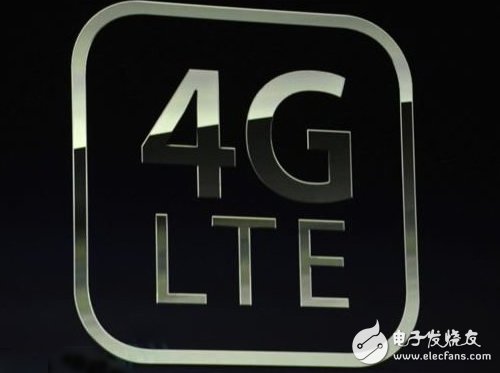As early as in the performance briefing of China Telecom listed companies in April this year, China Telecom Chairman Wang Xiaochu pointed out that China Telecom's 4G network construction time will not be later than China Mobile. Probably in the eyes of most people, this is just a routine statement and has little practical significance.
But from the current situation, what Wang Xiaochu said is becoming reality. According to netizens from Communication Renjiayuan, China Telecom will follow the "hybrid networking and synchronous deployment" strategy to expand the construction of the LTE experimental network. This is the same as China Mobile's, and it also appears as the experimental network.
According to China Telecom's network construction progress: the core network will complete the tender at the end of August, all equipment will arrive at the end of September, and the access network will be cut at the end of November; Cut the access network. Some netizens joked that this will be fast. At the same time, China Telecom will fully stop the expansion of CDMA networks and non-urgent projects and concentrate all efforts to ensure the smooth progress of LTE network construction.

However, because the government regulators have been slow to determine the final division of the spectrum, the three operators, including China Mobile, China Telecom and China Unicom, are still engaged in a fierce game. Their focus is on FDD ’s 1.8GHz / 2.1GHz, TDD The PHS frequency band and 2.6GHz are allocated.
Hybrid network synchronization deployment
At the Tianyi Mobile Phone Fair last month, Wang Xiaochu released a clear signal that he will participate in the strategy of TD-LTE and LTE FDD fusion networking based on the availability of spectrum resources; at the same time, China Telecom also released a terminal Side demand and evolution route.
Among them, TD-LTE mainly covers hot-spot areas with dense business in selected local network cities, suburban junctions with business needs but immature regional transformation, rural affluent areas that are currently in the process of urbanization and do not have fiber-to-the-home . The LTE FDD will be used as the main urban area of ​​the local network city and some developed county towns, and 4A and above important scenic areas.
Among them, the network voice and short interest services are still initially carried by CDMA 1X, and are implemented by SVLTE terminals. For data services, TD-LTE mainly provides fixed and mobile broadband wireless data access services. The terminals are mainly single-mode TD-LTE CPE and data cards, and consider sharing roaming with other operators' TD-LTE networks. TDD is used to develop data card users. LTE FDD, as the main body of high-speed mobile Internet, provides mobile Internet services in an all-round way. LTE FDD undertakes CDMA services and implements handover with CDMA. It will be used to develop smart phone users.
LTE network construction will follow the "hybrid networking, synchronous deployment" strategy and share the same core network. TD-LTE and LTE FDD are two wireless access methods in one network. TD-LTE and LTE FDD are consistent in the core network and core network interoperability standards and specifications.
The battle for tight-fitting food
Although it has been dormant for a while in wireless communication investment, compared with China Mobile, which has a rich fortune, China Telecom still has to be careful.
Considering the progress of LTE and the market prospects of 3G, China Telecom will stop the expansion construction project of CDMA network originally planned for this year, by strengthening the optimization of the existing network, to meet the current and at least the first half of next year 3G market development needs; China Telecom will also stop investing in some non- urgently needed construction projects planned this year, including network expansion projects.
In terms of spectrum allocation, for this trial network construction, TD-LTE will use 2.6G (2600-2620MHz or 2635-2655MHz) as the main frequency; 1.8G (1755-1785MHz / 1850-1880MHz) as the preferred frequency for deploying LTE FDD, 2.1 G (1920-1935MHz / 2110-2125MHz) is the auxiliary frequency band. When the 1.8G frequency is not obtained, the first-phase cities adopt 2.1G to deploy the LTE FDD network.
However, it should be pointed out that the above-mentioned spectrum planning has not been finally approved by the regulatory authorities, and there may be certain variables.
FBT standards for Fused Biconic Taper. FBT Splitter designed to accommodate many different telecom, fiber sensing, fiber optic gyroscope, and test & measurement capabilities in the 400nm-1650 nm wavelength region. Devices benefit from low-cost field proven telecommunication components.
Applications:
CATV
LAN, access network
Telecom, optic fiber communication system
FTTH
Monitoring system
Optic fiber sensor
Testing devices
Features:
Low excess loss
Customized packaging available
Environmentally stable
High return loss
Low PDL
FBT Splitter
FBT Splitter,FBT Coupler Splitter,Window FBT Coupler,Fiber Optic Coupler Splitter
Chengdu Xinruixin Optical Communication Technology Co.,Ltd , https://www.xrxoptic.com